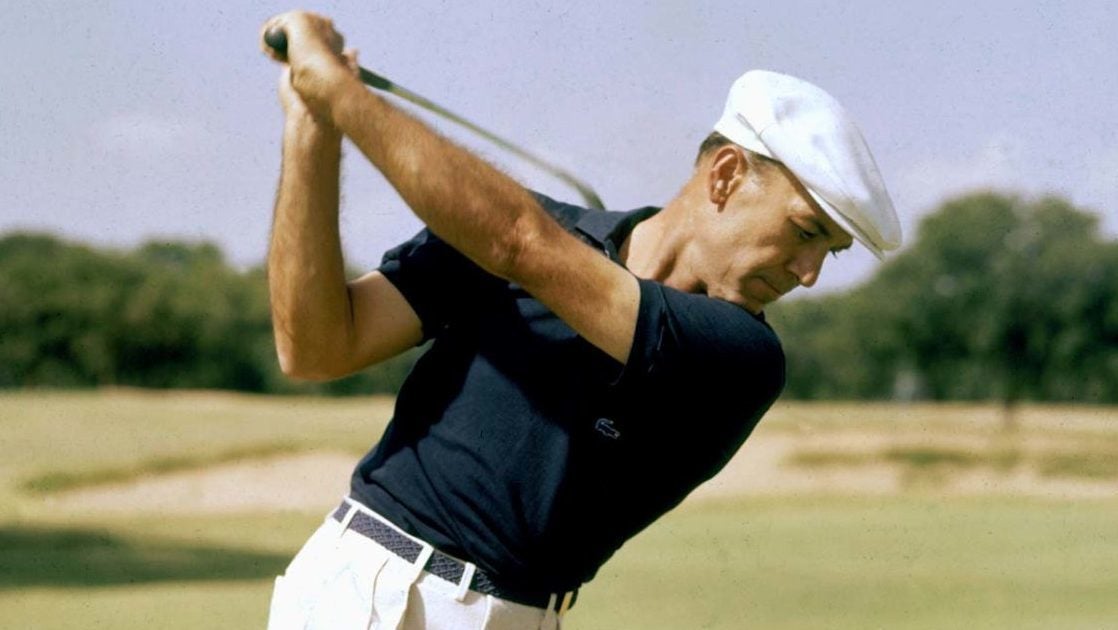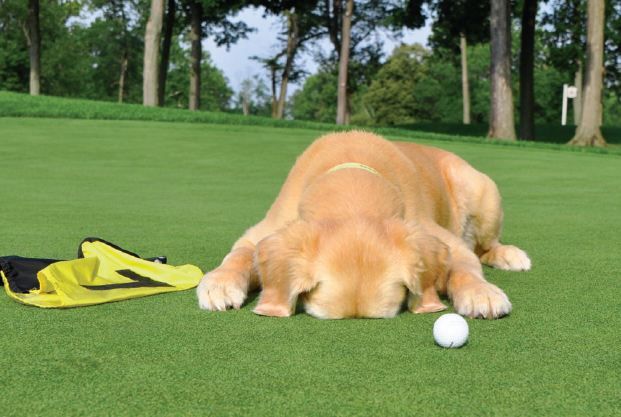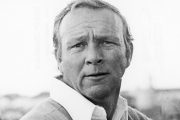Ben Hogan was one of the first players to focus on proper plane in the golf swing.
Hogan wrote about it specifically in his 1957 book: Five Lessons: The Modern Fundamentals of Golf.
Here’s an excerpt:
“The swing plane affects the direction the golf ball travels when hit and the trajectory of the shot. The plane is an imaginary flat surface used to describe the path and angle on which the club swings. The golf swing consists of the backswing plane and the downswing plane, and can be on plane, upright (above the plane) or flat (below the plane).”
Everyone has their own swing plane and it is determined by your body type and the club you’re using.
The length of the your arms, legs and torso affect your posture; the length of the club affects the angle of the shaft at address. A 5-foot-2 golfer holds a 40-inch-long club at more of an angle (flatter) than a 6-foot-2 golfer; therefore, a shorter golfer will tend to have a flatter on-plane swing than a taller golfer. If that same 5-foot-2 golfer swings the club below that plane, his swing is flat in relation to the plane.
The greatest players have had swing planes that range from very flat: Hogan, Gary Player and Lee Trevino. Jack Nicklaus, Tom Weiskopf and Tom Watson all had upright swings. The flatter swing has a better chance of staying connected, making it easier to time the swing. It also causes the ball to come off the clubface on a lower trajectory with a tendency to draw, if the clubface is square to the target. The more upright swing wanders less from the target line and allows a better chance for a straight shot, if timed correctly.
Today, PGA Professional Steve Whidden will show us a simple drill to find and keep your club on the proper plane.
Click this link for Steve Whidden’s swing plane drill:
The drill is easy enough and you can practice it everywhere, you don’t even need to be at the range.
So work on proper swing plane and hit more quality shots.


































